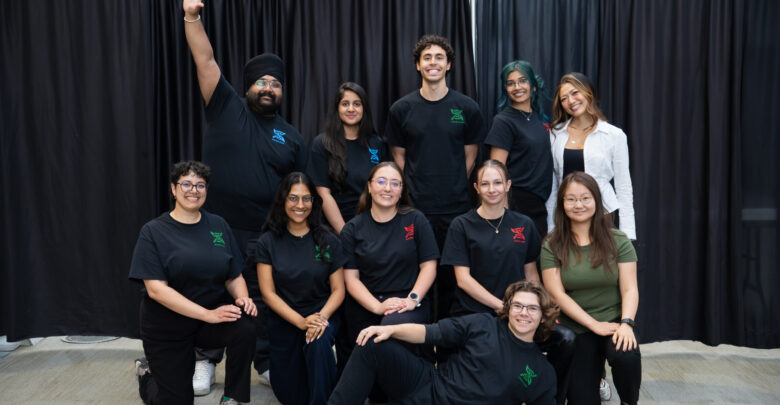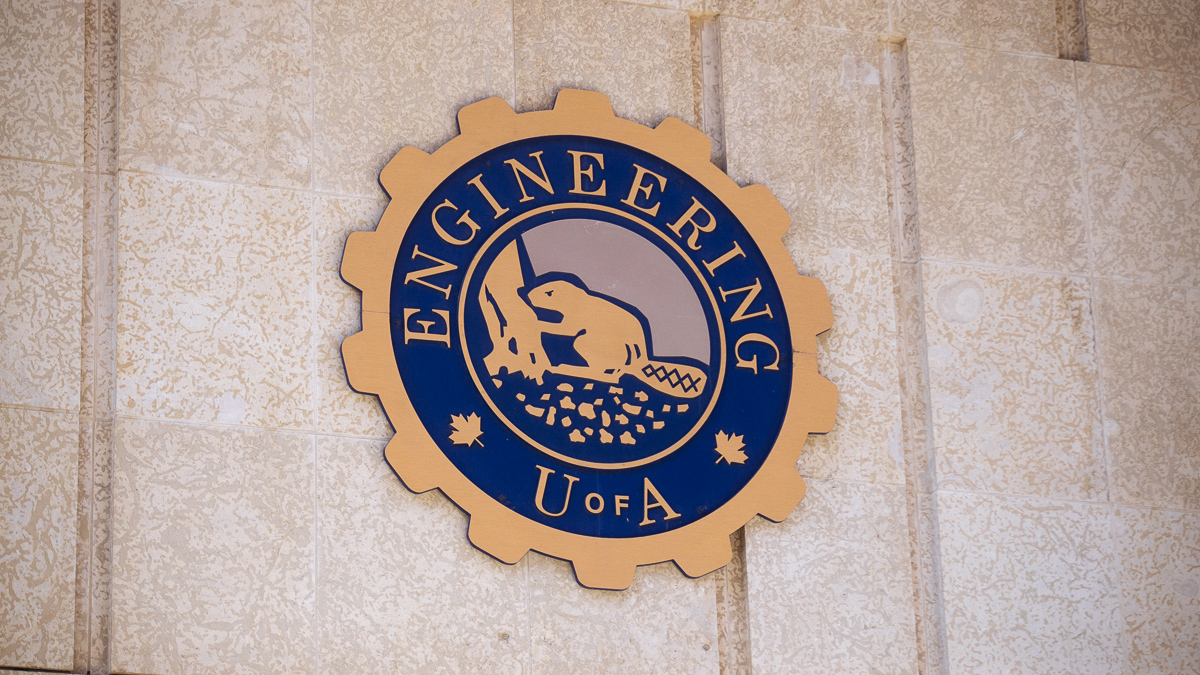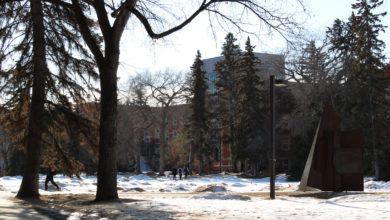UAlberta iGEM: Student researchers develop sustainable fire suppressant
The U of A iGEM team is set to compete in the 2025 iGEM Grand Jamboree in October.
 Supplied
SuppliedThe University of Alberta iGEM team, an undergraduate research association focused on the advancement of synthetic biology, has developed a new environmental-friendly fire suppressant.
The team representatives composed of four undergraduate and graduate students, Amandeep Singh Hira, Cody McCloy, Katya Moroziuk, Jacquelyn Narsing, and one advisor, Nina Deschner, have developed the Ashbloom project.
The project addresses the increasing demand for a sustainable fire suppressant. The team sought to differentiate themselves from the regular suppressant market, which often contain harmful chemicals and fertilizers.
“The project has basically been going since March and it will conclude at the end of October. We picked [this] project because it is a … relevant issue in Canada and Alberta,” Moroziuk said.
Sponsored by the college of natural and applied sciences, as well as the faculty of medicine and dentistry, the project sought to “kind of infiltrate the market” and “[bring] education and awareness to wildfires,” Deschner and McCloy said.
“[This is] more close to home for us … seeing all the devastation from Jasper and Fort [McMurray], and all the wildfires across every summer,” Moroziuk says
The currently problem with firefighting methods are the “[suppressants] … [which] are either produced through non-green processes or derived from … petrochemicals or ammonia,” McCloy said.
This products are not “really amazing for the environment because petrochemicals, [such as] turmoil, are never sustainable. And ammonia is a fertilizer, so when it gets in the waterways … it causes algae blooms … [harming the environment],” McCloy added.
With the increasing amount of wildfires in Alberta, the team decided to focus their project close to home.
“[This is] more close to home for us … seeing all the devastation from Jasper and Fort [McMurray], and all the wildfires across every summer,” Moroziuk said.
The iGEM team seeks to improve post-fire recovery in Canada
“Because of climate change, which is … increasing the severity and rate of wildfires which burns a forest more often in the same areas … and strips organic material from the soil and changes the ecosystem, … the natural environment [is less likely] to recover and it needs a little bit of a boost,” McCloy said.
The new fire suppressant aims to incorporate biosurfactants that come from natural products into the suppressant “so it won’t have the … negative impacts that the current methods have,” McCloy added.
“The main idea behind our project … [is to] help improve … post-fire recovery,” McCloy said.
Moving forward, the team will be producing more of the suppressant and using it on small scale fires to see its effectiveness. In doing so, they will be able to compare it to the traditional surfactants and retardants on the market.
The group will also be attending the 2025 iGEM Grand Jamboree conference in Paris, France at the end of October. This will allow them to present the research and compete for a medal.
“This will be a really good opportunity for these students to connect with undergraduate and post-graduates who [have] a similar passion,” Deschner said.




